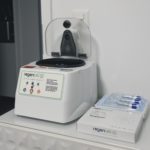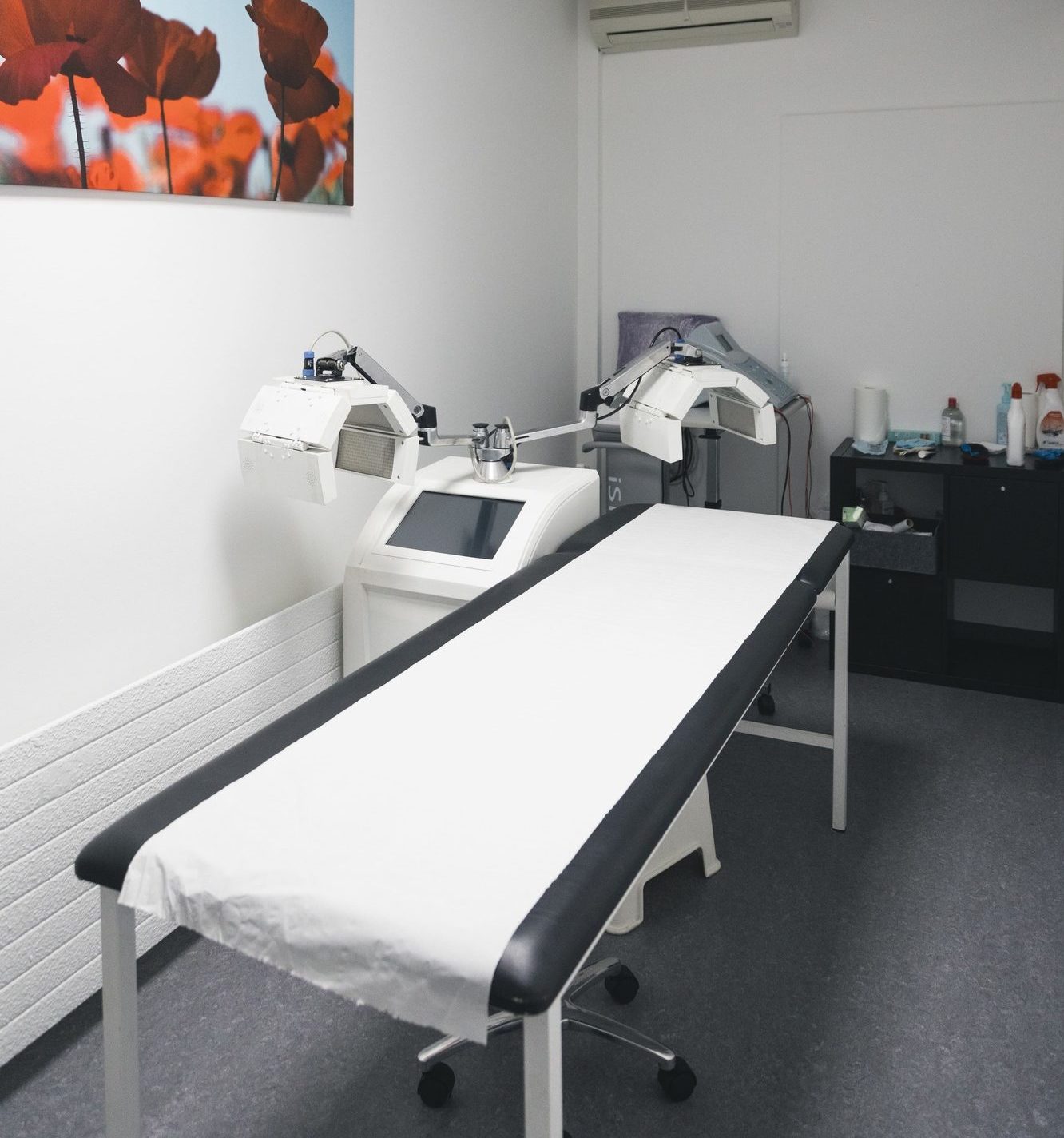Understanding FUE hair transplantation
FUE, or Follicular Unit Extraction, is a popular method of hair implantation. It achieves natural results while minimizing scarring. In this procedure, individual follicular units are harvested from the back of the skull, the donor area, and then implanted in the recipient areas where hair loss is most pronounced.
The FUE technique requires great precision to ensure proper density and orientation of the hair follicles. Understanding this method is crucial to a better understanding of the post-operative care required.
The FUE technique in brief
The FUE technique involves the extraction of follicular units using a specialized instrument. Each follicular unit normally contains 1 to 4 hairs. These units are then implanted in the recipient areas, requiring meticulous expertise.
Donor and recipient zones
The donor area is located at the back of the skull, where the hair is unaffected by loss and remains naturally in place. The recipient areas, on the other hand, vary according to the pattern of hair loss. Post-transplant care must be tailored specifically to these two areas to promote optimal healing.
The first days after transplant 🥇
The first few days after an FUE hair transplant are crucial for graft survival. It is essential to follow your surgeon's post-operative instructions. Some discomfort may occur in the donor and recipient areas, with temporary pain, itching or swelling.
Sleeping on your back with your head slightly elevated helps minimize pressure on the grafted areas.
Immediate care of the donor area
After the procedure, it's essential to keep the donor area clean to avoid infection. Do not touch or scratch this area to prevent damage to the hair follicles.
Receiving zone management
Care of the recipient areas is just as important. Avoid touching or rubbing these areas to keep the grafts in place.
The healing phase
The healing phase is crucial, as hair follicles begin to implant themselves in the scalp. During this period, the appearance of scabs is normal, signalling effective healing. Scabs should not be scraped off, as this could damage the grafts.
Infection prevention and scalp care
Avoid dusty environments during healing to prevent infection. Avoid swimming pools and chlorinated water, which can irritate the scalp.
Monitoring hair regrowth
Hair regrowth may take several months. Remain patient and strictly follow post-operative advice, such as the use of gentle hair care products and scalp protection.
Practical tips for the post-operative period ✌🏻
For a successful hair transplant, post-operative care is essential. Follow your surgeon's recommendations to ensure optimal healing. Here are some practical tips:
- Avoid tobacco and alcohol consumption, as these affect blood circulation.
- Avoid strenuous physical activity for one week after surgery.
- Protect your scalp from extreme temperatures.
- Maintain adequate hydration and a balanced diet.
Rest and physical activity
Give yourself a few days' rest to help your body recover. Refrain from strenuous physical activity, which can cause excessive sweating of the scalp.
Food and nutrition
A diet rich in proteins, vitamins and minerals promotes rapid healing. Stay well hydrated, too, to maintain healthy skin and hair.
Complementary treatments and long-term care
In addition to immediate post-operative care, various complementary treatments can enhance the results of your hair transplant. These treatments stimulate hair growth and improve hair density. Don't forget to take care of your scalp over the long term, by using suitable products and adopting a healthy lifestyle.
Injection of PRP (Platelet Rich Plasma) and use of own blood
PRP injection is an effective method after a hair transplant. Prepared from your own blood, PRP is rich in growth factors that promote hair regrowth and improve graft quality.
Recommended medications and hair care products
Medications such as minoxidil and finasteride are often recommended to prevent hair loss. Use gentle shampoos that don't irritate the scalp to keep your hair healthy.
Managing expectations and results 💇🏻♂️
Managing expectations is essential after a hair transplant. Results can vary from person to person, influenced by a number of factors. Patience is the watchword, as it can take several months to see significant results.
When to expect hair regrowth
In general, hair regrowth begins three to four months after surgery. For noticeable length, wait six to nine months while continuing your post-operative care.
What to do in the event of a failed hair transplant
If the results of your hair transplant are not satisfactory, discuss them with your surgeon. Options may exist to improve the situation, including a new transplant or complementary treatments.
Post-operative care at Clinique Adonis
At Clinique Adonis in Geneva, the first consultation is free of charge, and systematic post-operative follow-up is provided after each hair transplant.
Each patient receives 10 days of care, including shampooing by medical assistants, which is rarely offered in other clinics. We also offer LED mesotherapy after transplants, an innovative method that promotes blood circulation and stimulates the hair follicles, enabling optimal healing and improved hair regrowth. This protocol applies to both FUE and FUT transplants.
In addition, the clinic offers competitively priced PRP (Platelet Rich Plasma) injections immediately after the transplant. This PRP is a cutting-edge product developed by RegenLab, recognized as the best on the market, to improve graft hold and hair regrowth.

Conclusion and importance of follow-up
Post-transplant care is crucial to the success of your hair transplant. By scrupulously following your surgeon's recommendations and taking good care of your scalp, you maximize your chances of achieving optimal results. At the "Clinique Adonis", a rigorous follow-up is carried out, guaranteeing better regrowth. These consultations also allow us to monitor the progress of regrowth and identify any complications at an early stage. Ultimately, a successful hair transplant requires quality surgery and a commitment to appropriate post-operative care.


